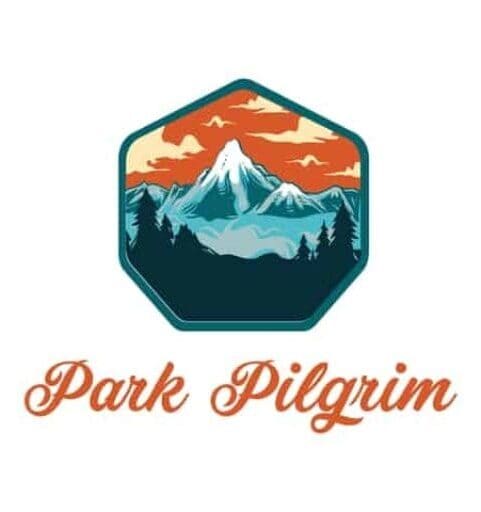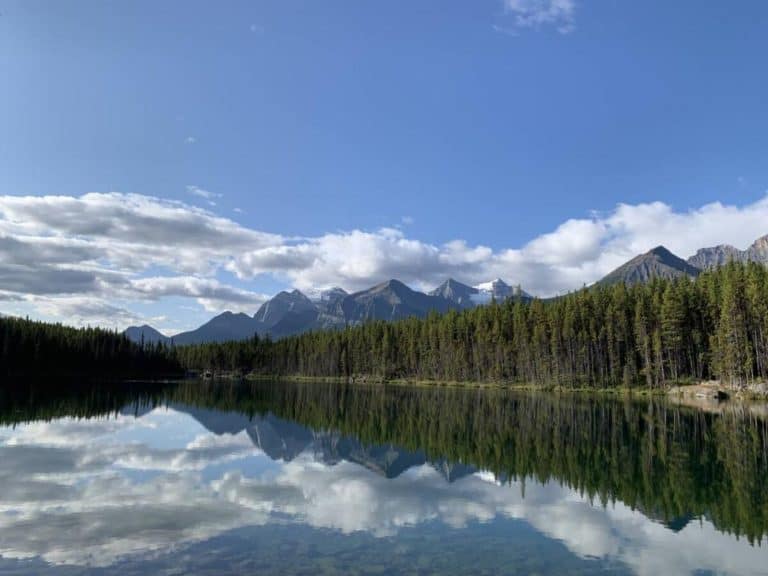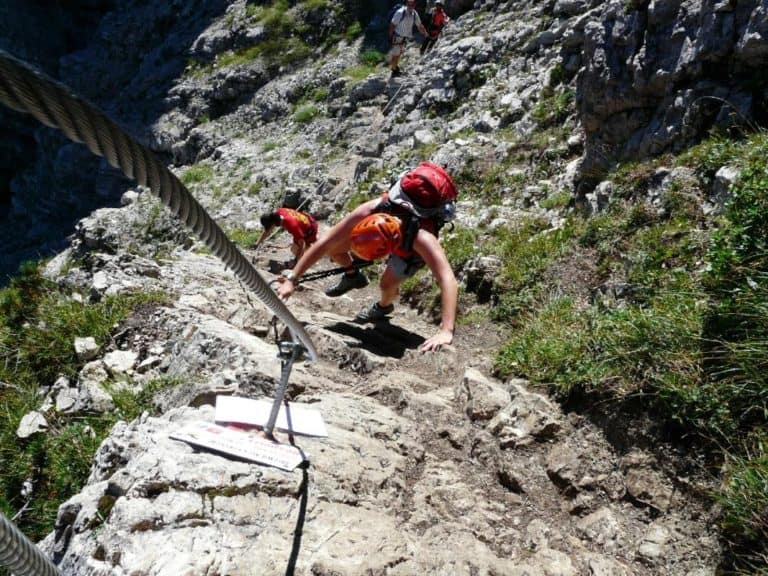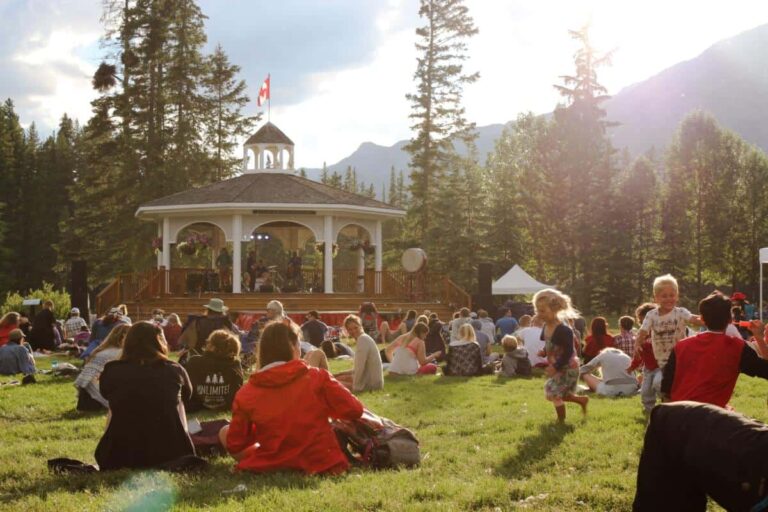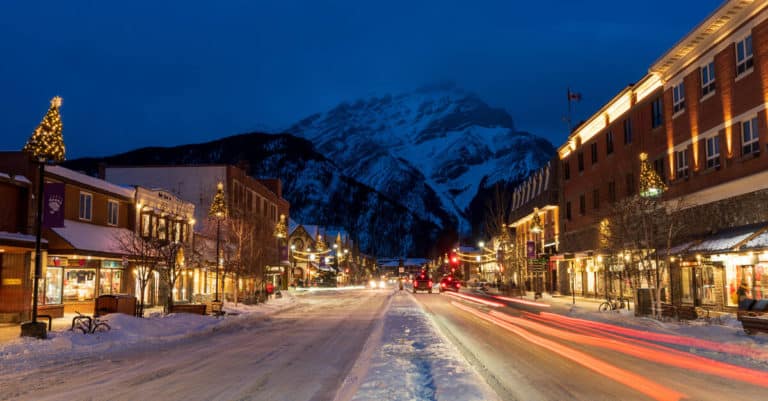The Real Deal About Conservation in Banff National Park
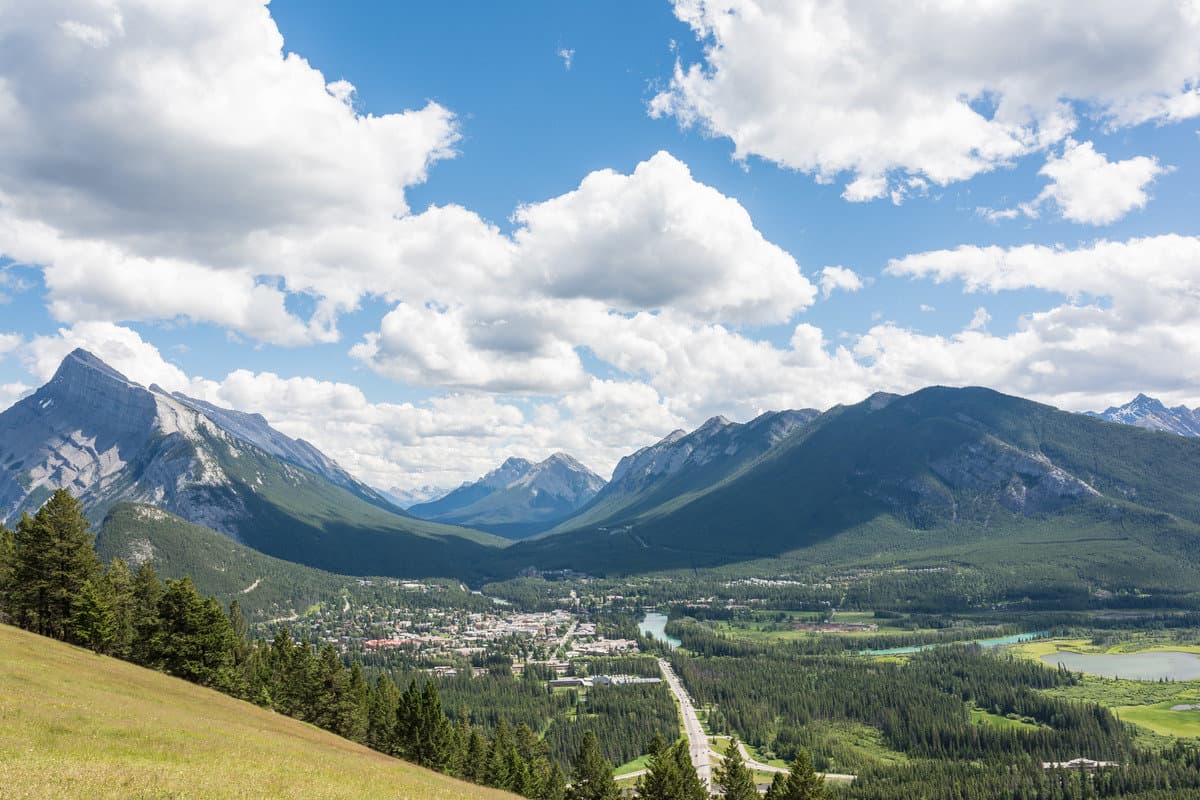
Sure. Canada’s first national park is breathtaking but behind those Instagram-perfect mountain shots and turquoise lakes lies a delicate balancing act. And most visitors never think about it.
Want to know what’s funny? The place that’s supposed to be protected wilderness is getting slammed with over 17,000 vehicles a day in summer. That’s not a typo. Seventeen thousand.
And those cars aren’t just sitting there looking pretty — they’re pumping out emissions, creating traffic jams that would make Los Angeles blush, and generally making wildlife think twice about crossing the road.
Let’s be real here: Banff has a bit of an identity crisis. It’s trying to be both a pristine wilderness and a world-class tourist destination, and that’s about as compatible as oil and water.
Conservation efforts are working overtime just to keep pace with the problems we humans keep creating.
The Wildlife Highway Dilemma
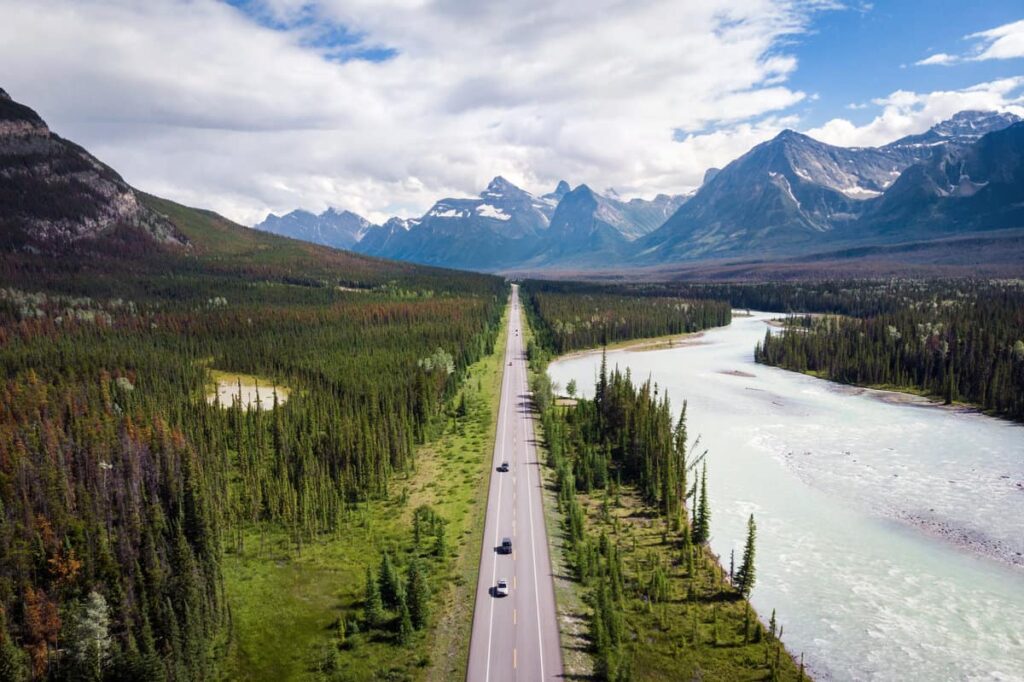
Here’s the thing about building major highways through wilderness areas — animals don’t exactly look both ways before crossing.
The TransCanada Highway slices right through Banff, creating what ecologists politely call ‘habitat fragmentation’. Same goes for the Icefields Parkway, pictured above. But it basically is a deadly obstacle course for anything with fur or feathers. About half of all reported wildlife deaths in Banff are road-related. That’s a grim statistic.
But gotta give credit where it’s due. The park has installed 44 wildlife crossings — overpasses and underpasses that let animals safely cross the highway.
These aren’t just token gestures; they’ve reduced wildlife collisions by about 80% for larger mammals like bears and elk. If you’re driving through the park, you might spot one of these crossings.
They look a bit like bridges covered in vegetation. And there’s the big one crossing the TransCanada Highway between Banff and Lake Louise. They’re actually pretty impressive engineering feats.
The irony doesn’t escape me, though. We’ve built massive infrastructure to solve a problem that we created in the first place. It’s like breaking someone’s leg and then patting yourself on the back for giving them a really nice crutch.
Fire: Friend or Foe?
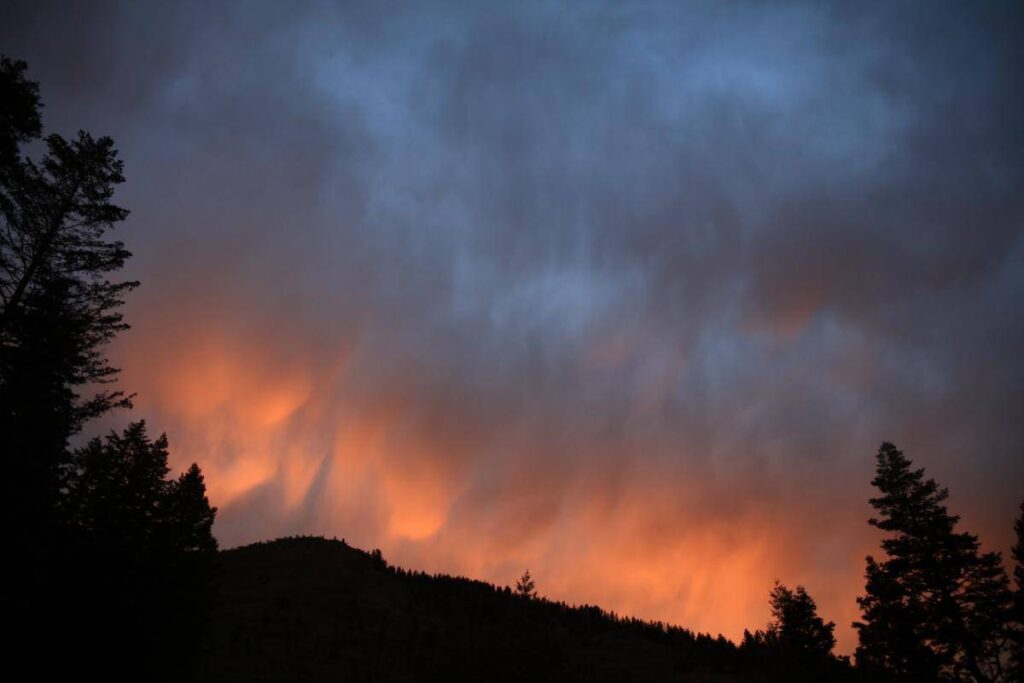
Maybe you know that forest fires are actually natural and necessary in places like Banff. What you probably don’t know is that for almost a century (1885–1983), park managers suppressed every fire they could.
The result? Dense forests full of fuel just waiting for a spark.
Now, with climate change extending fire seasons and making everything drier, about 75% of Banff’s forests are vulnerable to catastrophic wildfires. Oops.
Today’s approach is a bit more nuanced. Park managers actually set controlled fires (called prescribed burns) and sometimes let natural fires burn in remote areas.
I know, it sounds counterintuitive. But these managed fires create a patchwork of different forest ages and types. It not only reduces the risk of massive, uncontrollable blazes but it also improves biodiversity.
Here’s what actually matters: these fire management techniques are creating forests that can better withstand climate change.
By thinning out dense stands and promoting drought-tolerant species like Douglas fir, managers are essentially giving the forest a fighting chance against the hotter, drier future we’re all facing.
The downside? You might show up to Banff and find your favorite trail closed because of a prescribed burn. Just take it as a short-term inconvenience for long-term survival.
Too Many People, Not Enough Park
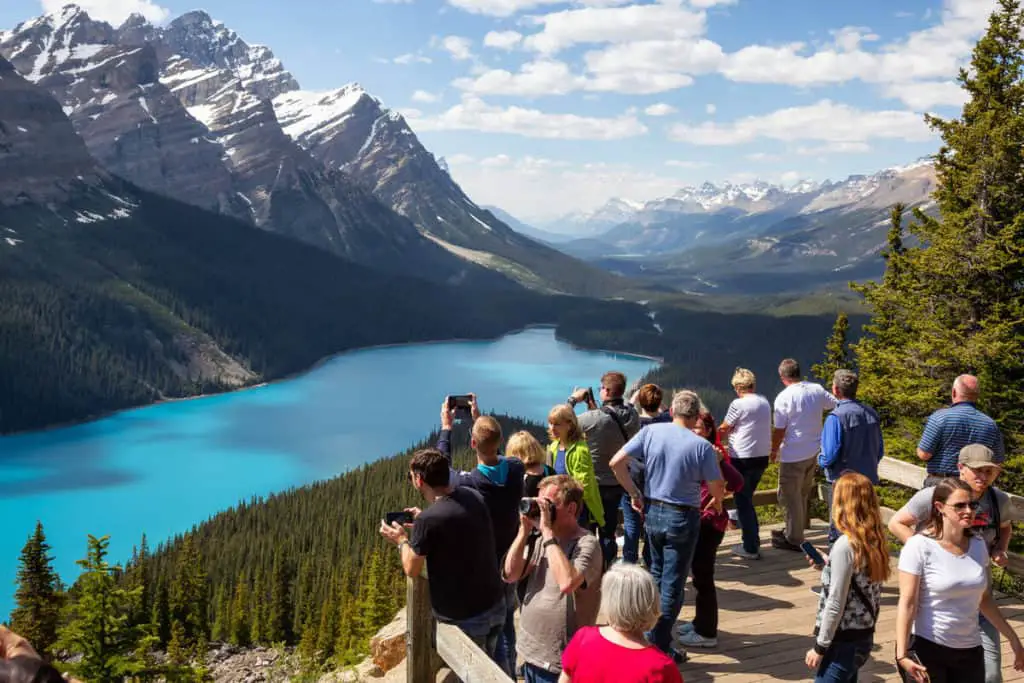
The truth is that overtourism is crushing Banff. Human-wildlife conflicts shot up by over 72% between 2018 and 2023. That’s not because animals are suddenly more aggressive — it’s because there are more humans wandering around their habitat, leaving food out, trying to take selfies with bears (seriously, don’t do this), and generally acting like the wilderness is an extension of their hotel room.
Parks Canada has tried to address this with various measures. There’s a free electric shuttle service called Roam Transit that helps reduce traffic. There are strict “Leave No Trace” policies and mandatory bear-proof food storage requirements. They’ve even limited access to some popular spots to prevent overcrowding.
But let’s face it — these are band-aid solutions for a bullet wound. The fundamental problem is that there are simply too many people trying to access a finite space. Over four million visitors annually descend on Banff, and the park’s infrastructure was never designed to handle that kind of pressure.
You know what nobody tells you? The ‘pristine wilderness experience’ you’re hoping for might involve waiting in line for parking at Lake Louise for two hours, shuffling along crowded trails, and jostling for position to get that perfect photo without other tourists in the frame.
And every footstep off-trail contributes to soil erosion and damages fragile alpine ecosystems that took centuries to establish.
Bringing Back the Bison
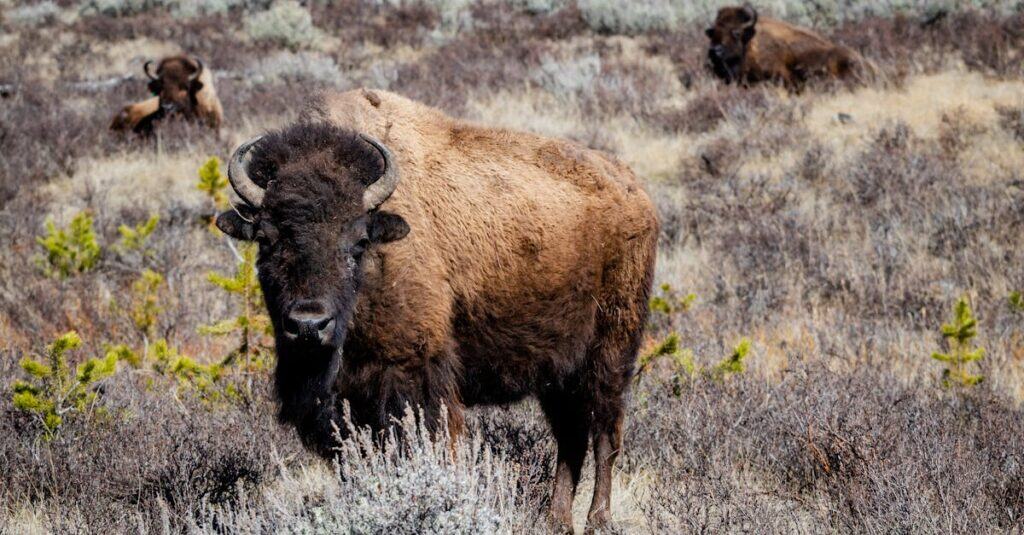
In a move that actually feels like genuine conservation rather than just damage control, Banff reintroduced plains bison in 2017 after they’d been extinct in the area since 1850. What started as 16 animals has grown to more than 80, roaming the Panther River Valley.
This isn’t just about adding another cool animal to the park’s roster — bison are ecosystem engineers. They shape grasslands through grazing, create wallows that become seasonal wetlands, and support dozens of other species.
They’re also culturally significant to Indigenous peoples of the region, particularly the Stoney Nakoda Nations who are involved in monitoring the herd…. If you’re lucky (and in the right place), you might spot these creatures on a guided tour.
It’s one of those rare conservation success stories that benefits the ecosystem, Indigenous cultural heritage, and visitor experience all at once.
But even this seemingly straightforward win comes with complications. The bison can’t just roam wherever they want — they’re being carefully managed within a specific area of the park.
And there are valid concerns about how these animals will interact with existing wildlife and vegetation as their numbers grow.
What Actually Makes a Difference
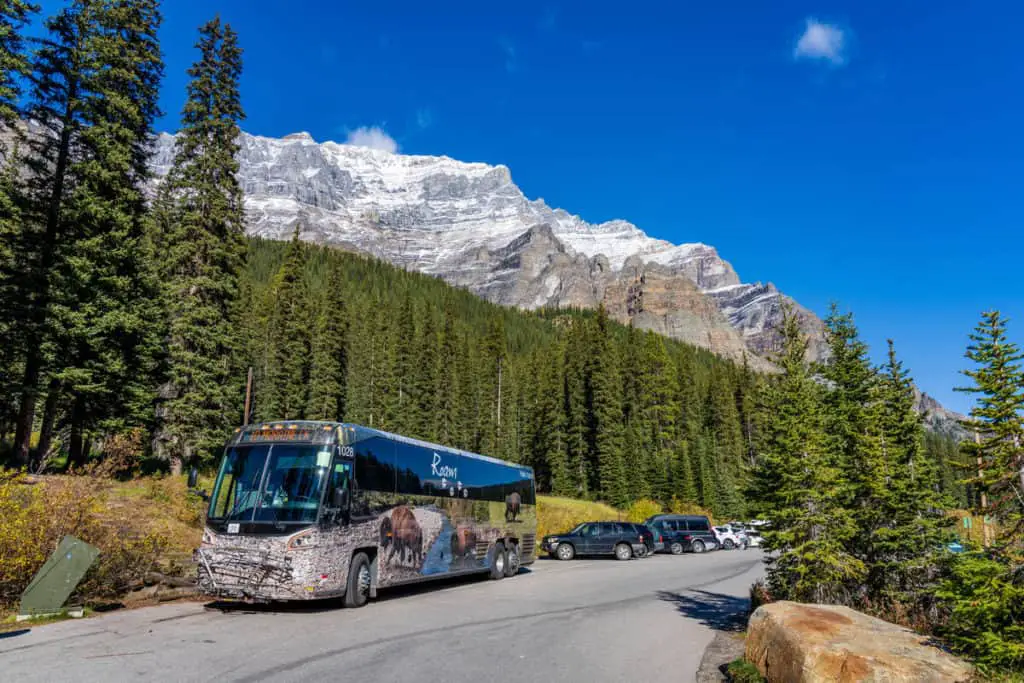
Want to visit Banff without making things worse? Here are some real-world tips:
First, ditch your car whenever possible. Use that free Roam Transit system to get to popular spots like Lake Louise and Johnston Canyon. You’ll save on parking hassles, reduce emissions, and probably get there faster during peak times anyway.
Second, stay on the trails. I know that pristine meadow looks tempting for a picnic, but when thousands of people each think ‘it’s just me, what harm could it do?’ we end up with trampled vegetation and erosion. Those trails exist for a reason.
Third, leave the drone at home. They’re banned in the park anyway, but people still try to sneak them in. Wildlife doesn’t know the difference between a drone and a predator, and that buzzing sound can cause serious stress for animals.
Finally, consider supporting Indigenous businesses in the area. Book tours with Stoney Nakoda guides, who’ll not only give you cultural insights you won’t get elsewhere but whose businesses often directly fund conservation efforts.
The Uncomfortable Truth
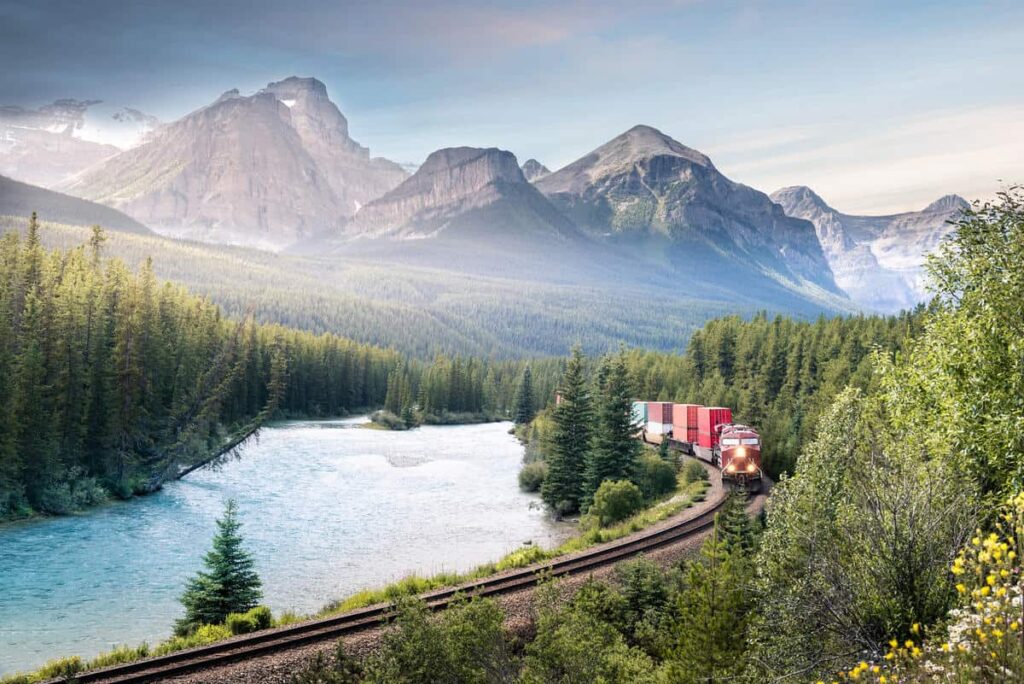
Here’s what actually matters in all this: Banff National Park is trying to serve two masters, and they’re increasingly at odds with each other.
On one hand, it’s supposed to protect wildlife and ecosystems. On the other, it’s a massive economic engine for the region, bringing in billions of tourism dollars.
The conservation efforts I’ve described are impressive, especially considering the pressures the park faces. Wildlife crossings, prescribed burns, sustainable tourism initiatives — they’re all making a positive difference.
But they’re fighting an uphill battle against climate change, increasing visitor numbers, and the paradox of national parks: the more successful they are, the harder it becomes to protect the very things people come to see.
And sure, you can argue that exposing millions of people to natural beauty creates more environmental advocates. There’s truth to that. But at what point does the damage from those millions of visitors outweigh the benefit of their awakened environmental consciousness?
If you go to Banff — and it is spectacular, despite my cynicism — go with open eyes. Understand that your presence has an impact, that the ‘wilderness’ you’re experiencing is heavily managed, and that the conservation efforts you see are constantly playing catch-up to the problems we create.
And maybe, just maybe, consider visiting one of Canada’s less famous national parks next time. They could use the love, and you could use the breathing room.
By the way, I know this website doesn’t help Banff either. But this article might help you become a bit more aware of the situation. It’s better than nothing, right?
